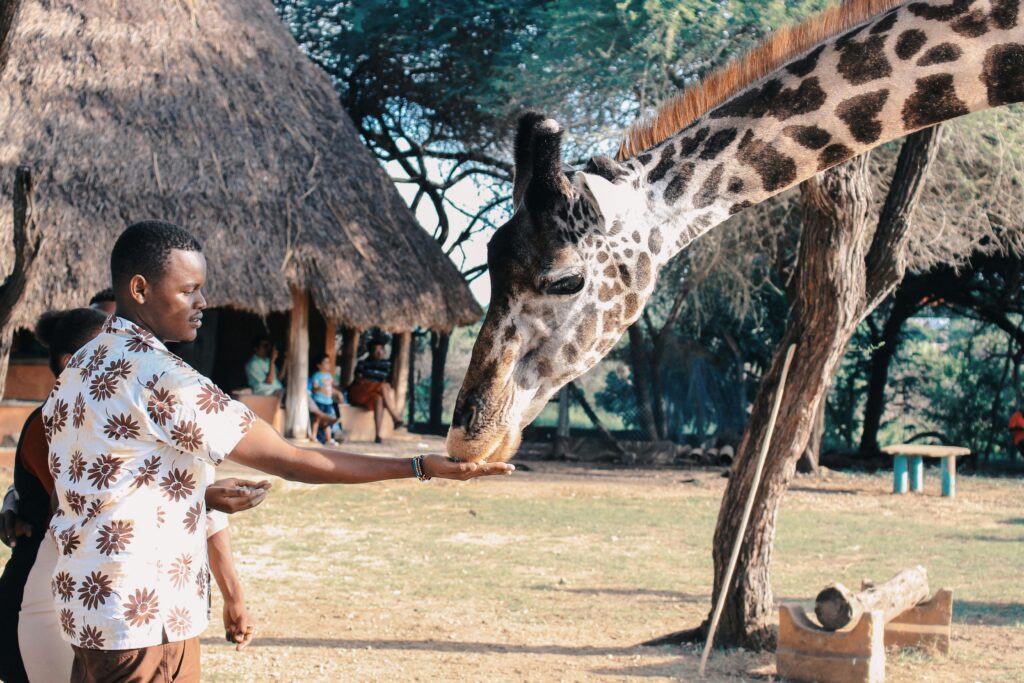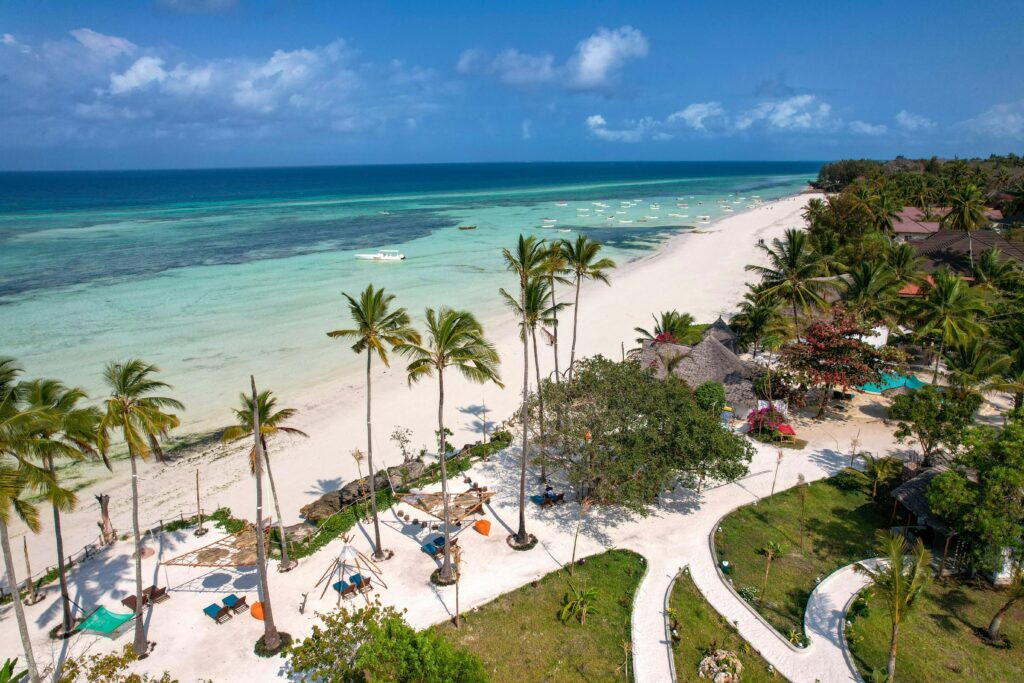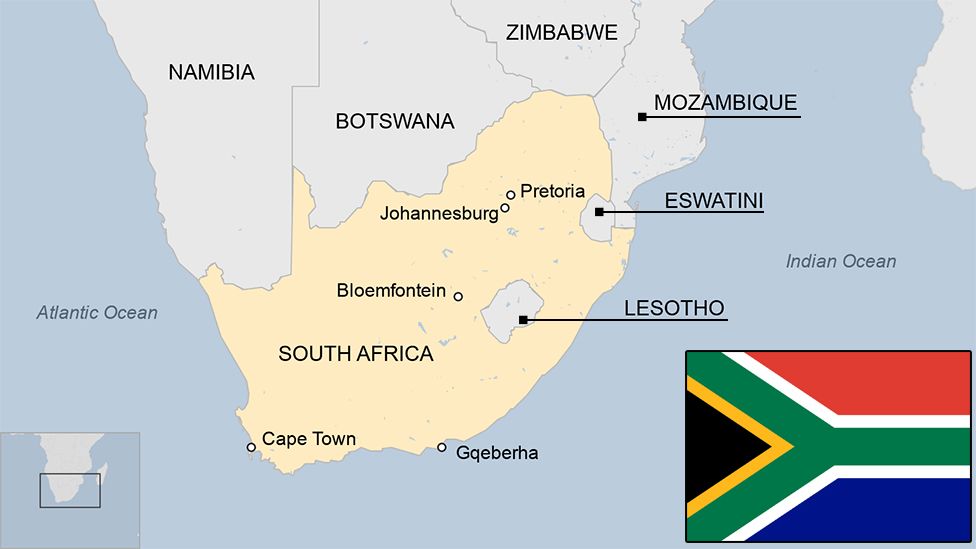|
Getting your Trinity Audio player ready...
|

Tucked away in Central Africa lies a country known as “Africa in miniature,”. Cameroon is a country with a rich cultural heritage that spans over 200 ethnic groups, with their unique traditions and history.
The country’s museums are the treasure of this cultural diversity, offering a fascinating glimpse into its past, present, and future.
From the National Museum of Yaoundé, showcasing the nation’s history and art, to the Bamum Palace Museum in Foumban, preserving the legacy of the Bamum people, Cameroon’s museums are a testament to its cultural wealth.
These institutions not only conserve and display artifacts but also provide a platform for storytelling, education, and community engagement.
As we delve into the world of Cameroonian museums, get ready to uncover the secrets, myths, and legends that shape this vibrant nation’s identity.
Contents at a Glance
- 1 1. The National Museum of Yaoundé
- 2 2. The Blackitude Museum
- 3 3. The Museum of the Maritime History of Douala
- 4 4. The Bandjoun Museum
- 5 5. The Ekom-Nkam Waterfalls Museum
- 6 6. The Dschang Museum
- 7 7. The Bafut Palace Museum
- 8 Frequently Asked Questions
- 9 Conclusion – The 7 Best Museums To Visit in Cameroon
1. The National Museum of Yaoundé

The National Museum is situated in the heart of the capital city, Yaoundé. The landmark is a must-visit for anyone interested in Cameroon’s history and culture.
It was housed in the former presidential palace, and the museum features an impressive array of artifacts. These include traditional clothing, musical instruments, and ancient tools from various ethnic groups throughout the country.
The museum’s exhibits are thoughtfully arranged, offering a detailed look at Cameroon’s history. Covering everything from the colonial period to modern-day developments.
The National Museum of Yaoundé narrates the story of a nation that has experienced significant transformation. The building itself is a historical landmark, and exploring its halls offers a glimpse into the country’s political evolution.
2. The Blackitude Museum

Right next to the National Museum, is the Blackitude Museum in Yaoundé. It provides a closer and more detailed look at the rich culture of Cameroon.
History has it that the museum was founded by Queen Nana Agnes Fo Kameni to preserve and showcase the history and traditions of the Bamileke people and other ethnic groups.
Inside the Blackitude Museum, you’ll see a vast collection of artifacts like traditional masks, statues, and objects used in royal ceremonies.
Each artifact has a story to tell about the local customs, beliefs, and art of the Cameroonians. This museum is a treasure trove, offering a fresh look at the country’s beautiful cultural heritage.
3. The Museum of the Maritime History of Douala

In Cameroon’s economic hub, Douala lies a museum that tells the story of the country’s connection to the ocean.
As a nation with a long coastline and a history of trade and exploration, the ocean has played a big role in shaping Cameroon’s identity.
The Museum of the Maritime History of Douala showcases the country’s maritime past, including traditional fishing methods before the arrival of European explorers, and the impact of colonialism.
You can also learn about the importance of the port of Douala and how it has contributed to the country’s growth. The museum shares the story of how the ocean has influenced the lives of Cameroonians, from their daily lives to how they trade.
4. The Bandjoun Museum

In western Cameroon, the Bandjoun Museum is a treasure haven of culture for the Bamileke ethnic group.
As part of the Bandjoun Station, a vibrant arts center founded by Cameroonian artist Barthélémy Toguo, the museum boasts a stunning collection of traditional art, including masks, statues, and ritual objects.
The building itself is a work of art, designed in traditional Bamileke style. But the experience goes beyond the museum walls – the surrounding area offers a glimpse into the daily lives of the Bamileke people, making it a truly immersive experience. There you will discover the rich traditions and art of this fascinating culture.
You may also like: 7 Exciting Tourist Activities To Try In Botswana
5. The Ekom-Nkam Waterfalls Museum

This landmark is located near the famous Ekom-Nkam waterfalls, this museum offers a unique combination of natural beauty and cultural heritage.
The museum provides its visitors with interesting information about the significance of the waterfalls in local folklore and their role in the region’s history.
The Ekom-Nkam Waterfalls Museum features exhibit on the traditional practices of the people who live in the surrounding communities, including their methods of farming, fishing, and hunting.
The museum also explains the spiritual beliefs associated with the waterfalls, making it a fascinating destination for those curious about how nature and culture connect.
6. The Dschang Museum

The Dschang Museum, situated in the town of Dschang in western Cameroon, is an important cultural hub dedicated to preserving and highlighting the history and traditions of the Bamileke people.
The museum’s exhibits delve into various aspects of the Bamileke lifestyle, including their social structure, religious practices, and artistic expressions.
One of the standout features of the Dschang Museum is its collection of traditional Bamileke architecture. They showcase replicas of royal palaces and other significant structures.
The museum also houses an array of artifacts, including masks, statues, and textiles, that provide a deeper understanding of the region’s cultural heritage. For anyone interested in exploring the rich traditions of the Bamileke group, the Dschang Museum is a must-visit.
7. The Bafut Palace Museum

Located in the town of Bafut in the Northwest Region, the Bafut Palace Museum is situated within the royal palace of the Fon of Bafut.
This museum provides a unique glimpse into the history and culture of the Bafut people, one of the many ethnic groups in Cameroon.
The museum’s displays feature royal regalia, traditional musical instruments, and various artifacts used in ceremonies and rituals. The Bafut Palace itself is an impressive example of the region’s traditional architecture.
Visitors can also gain insight into the role of the Fon in the social and political life of the Bafut people. This makes this museum a captivating spot for anyone interested in Cameroonian history and culture.
Frequently Asked Questions
1. What Makes the National Museum of Yaoundé a Must-Visit?
It offers a comprehensive overview of Cameroon’s history, art, and culture. It contains exhibitions showcasing traditional clothing, musical instruments, and artifacts from various ethnic groups. Sure, this is an essential stop for anyone exploring the country.
2. Which Museum in Cameroon Best Represents the Bamileke Culture?
The Dschang Museum in western Cameroon is the best place to explore Bamileke culture. It features exhibits on Bamileke social structures, religious practices, and art. Also present here are replicas of traditional Bamileke architecture, including royal palaces.
3. Where Can I Experience the Cultural Heritage of the Bafut Tribe?
The Bafut Palace Museum, located within the royal palace of the Fon of Bafut in the Northwest Region. This is the ideal place to experience the cultural heritage of the Bafut people. Visitors can explore royal regalia, traditional musical instruments, and other ceremonial artifacts, all while admiring the architectural beauty of the palace itself.
4. What Can I Expect to See at the Museum of the Maritime History of Douala?
At the Museum of the Maritime History of Douala, you can expect to explore exhibits that highlight Cameroon’s maritime heritage. The museum focuses on the country’s relationship with the ocean. It showcases ancient artifacts, stories of maritime trade, and the cultural significance of the coastal regions.
Conclusion – The 7 Best Museums To Visit in Cameroon
Cameroon’s museums provide an enriching experience, giving visitors an opportunity to learn more about the country’s rich cultural heritage.
Each museum on this list presents something unique, from historical artifacts to beautiful art. Whether you’re in the capital or traveling through the countryside, these museums are worth a visit.








